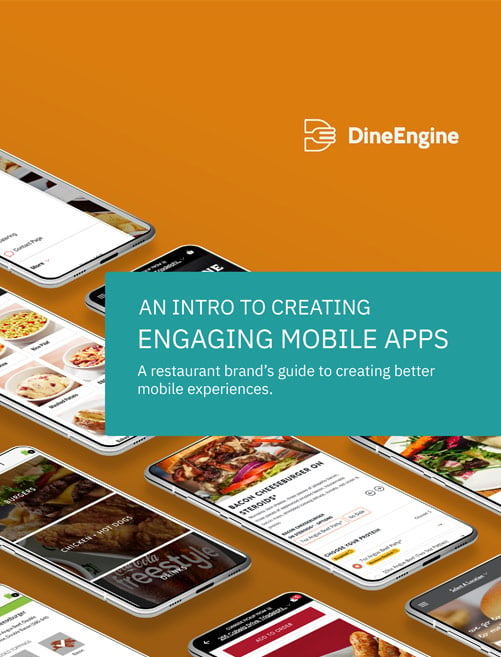Keeping a user on your site can be highly affected by the speed at which the site loads. WordPress gets a bad rap in the web community based on load times for sites built on it and for good reason. It’s not the easiest CMS to optimize and tune up to deliver content in timely manner. Adversely, its large plugin and theme development community offer a plethora of great ways to unnecessarily bog down a user’s experience on the site and increase bounce rate. The following are some great tips on how to reduce the speed of your site to the point where even your own grandmother won’t use it. Forget about search engine rankings as well; word of mouth is still the most common way a user should get to your site.
1. Theme Selection
Start with a clunky theme that offers everything you could ever need. These multi-purpose themes typically come with a lot of functionality that you’ll never use but do a great job of adding bloat to your site. The saying “less is more” is rubbish in your pursuit for a slow site. Instead of just eyeballing the load times on your would-be themes prior to purchase, you’ll want to open up your browser’s developer tools and look at some numerical data on how the themes stack up. With the networking tab open, look for the amount of server requests, the transferred data and the total render time of each theme.
2. Plugins
Install ALL of the plugins. Even though you’ve started with a theme that has more functionality than you’ll ever use; it won’t have everything you need. Make sure to include as many of your plugins as possible on the front page and on any landing pages that you expect higher traffic to. A user’s first impression is essential. If you don’t like a plugin, it’s fine to leave it installed and install another one.
3. Fonts, Fonts, and More Fonts
The average theme will start with a selectable base font family and an icon font set. Many themes have integrated with Google Fonts’ API. This API delivers compressed fonts from a global CDN (content distribution network) to increase the speed of delivery. An additional benefit to the API is that a user may have already cached the font you’re using, so they won’t need to be served the font again upon entering your site.
You won’t take a large enough hit to your speed just from having a few weights of a family and an icon set. Either add more font families or embed your own licensed fonts using the @font-face technique.
For a double whammy, if your @font-face embed is located in the markup below a script tag, it will completely stop render of the site for IE until the fonts are downloaded.
4. Images
Do not by any means optimize your images. This is by far one of the easiest ways to slow your site down. You may be surprised to find out that WordPress’ media library supports uncompressed TIFF files but sadly, only users viewing the site in a Safari browser will be able to see the embedded TIFFs. So just stick with high resolution, unoptimized PNGs.
5. Parallax
Most of the things I’ve mentioned so far have dealt with the load times from server to render of the page but what if that’s just not enough? One trend that is still fading from the web and WordPress themes is something called parallax. Parallax is used to move elements on the page at varying speeds based on the user’s scroll position to create the optical illusion of depth on the page.
A good theme will have polished this type of functionality to create an appealing interaction with the user. Assuming you chose a theme with decent parallax integration, you will need to install a third party parallax plugin to battle with the theme’s original usage of parallax and scroll speed altering, in effect; doubling the amount of work to calculate and re-draw elements on the site whenever a user scrolls.
Hopefuly the tips listed above will give you the confidence to slow your WordPress down today.
*Or you could always use them as a guideline of some common pitfalls to avoid.













0 Comments